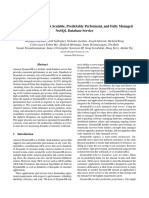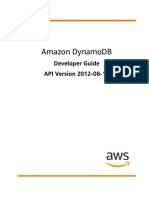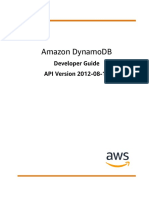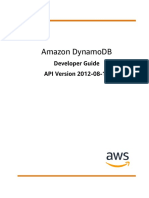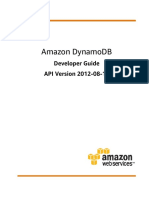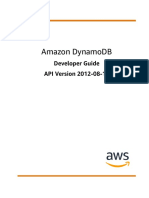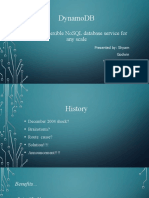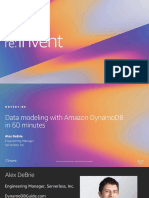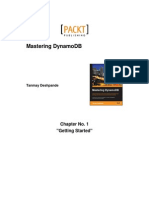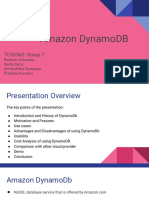0% found this document useful (0 votes)
35 views37 pagesClass 5 DynamoDB
The document provides an overview of Amazon DynamoDB, highlighting its core features, scalability, and use cases. It covers key concepts such as tables, items, attributes, data types, and performance optimization strategies. Additionally, it discusses security best practices and applications in various domains like gaming and AI/ML.
Uploaded by
suojuheCopyright
© © All Rights Reserved
We take content rights seriously. If you suspect this is your content, claim it here.
Available Formats
Download as PPTX, PDF, TXT or read online on Scribd
0% found this document useful (0 votes)
35 views37 pagesClass 5 DynamoDB
The document provides an overview of Amazon DynamoDB, highlighting its core features, scalability, and use cases. It covers key concepts such as tables, items, attributes, data types, and performance optimization strategies. Additionally, it discusses security best practices and applications in various domains like gaming and AI/ML.
Uploaded by
suojuheCopyright
© © All Rights Reserved
We take content rights seriously. If you suspect this is your content, claim it here.
Available Formats
Download as PPTX, PDF, TXT or read online on Scribd
/ 37


